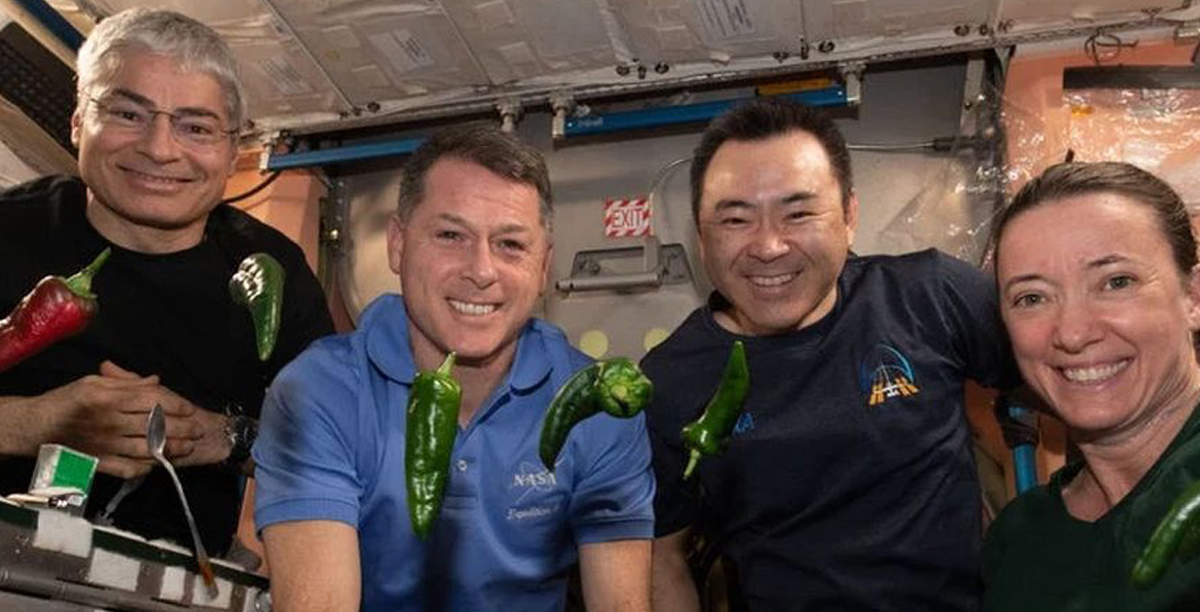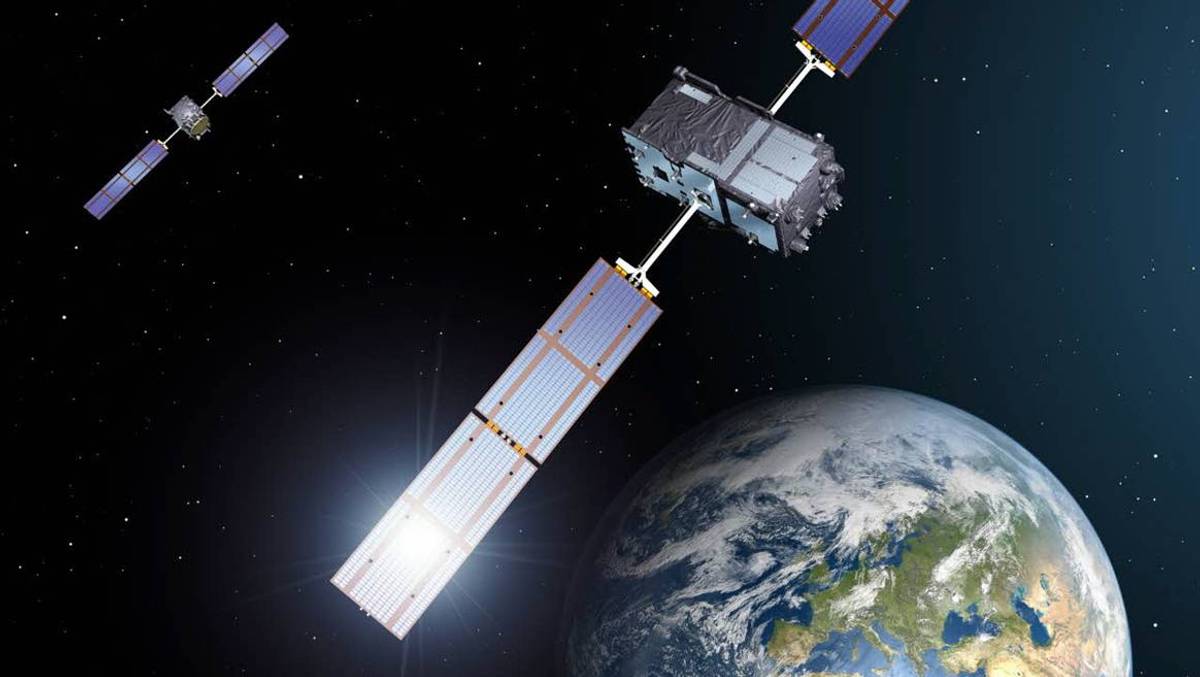NASA’s technology experiment with plants, which consists of growing and harvesting chili peppers in space, broke the record for feeding astronauts with space-grown plants.
And that’s not all. The experiment also made history as the longest on the International Space Station. This is the second time chili has been grown in space. But the ISS crew used it for the first time in a taco, along with a beef and veggie fajita.
Peppers grow slower in space
The pepper crop was slightly delayed compared to the Earth test, so the space station experiment had to be extended for 17 days. Pepper seedlings at the experimental technology center Plant Habitat-04 (PH-04) grew for four months before finally being harvested in October. Thanks to this, the harvest coincided with the crew swap on the ISS, so the space peppers could be tasted by the two astronaut crew.
In this experiment, peppers were initially expected to grow for 120 days, vhowever, in fact it ended up adding 137 days, making it the longest experiment in the universe. The longest previous experiment was conducted in 2016, when zinnia flowers were grown for 90 days.
Thanks to this success, tacos are now perhaps the most popular food that astronauts enjoy in space after post-harvest chili. Astronaut Kayla Barron recently announced on Facebook and Instagram that the crew had served fresh peppers as part of a taco night that the astronauts had hosted.
Another experiment is growing space tomatoes
NASA says that following the success of the PH-04 experiment, other crops the Kennedy Space Center team plans to plant on the International Space Station are dwarf tomatoes and test new leafy vegetables. “We conducted this experiment knowing that it is not easy to grow peppers under microgravity, but this experiment is a very successful demonstration that we are on the right track in space crop production,” said lead experimenter Matt Romeyn. The aim of this experiment is to enable viable and sustainable crop production for future long-term missions to the Moon and possibly Mars. Read more: This is what the new space station in low-Earth orbit looks like.

“Hardcore zombie fan. Incurable internet advocate. Subtly charming problem solver. Freelance twitter ninja.”






